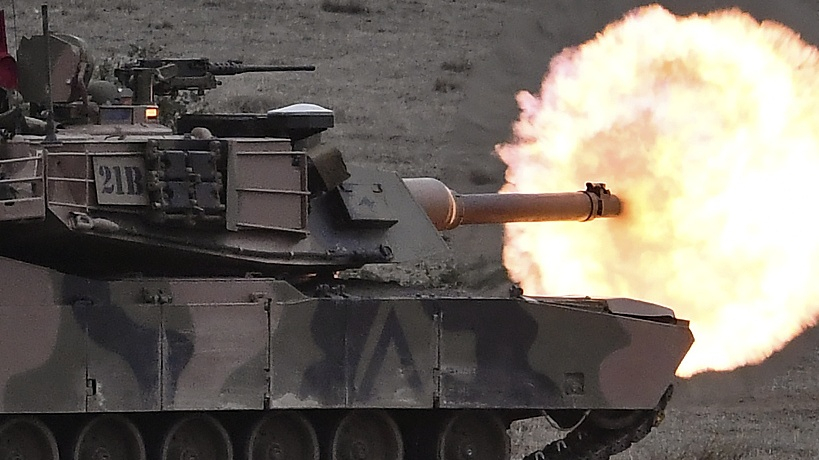
The battle of the Somme, one of the bloodiest episodes of World War I and the largest campaign on the Western Front, killed or injured over a million allied and German soldiers.
Amid the horror, a new weapon was born that would come to define warfare for the rest of the 20th century and into today.
Making its debut on September 15, 1916, was the British Mark I, "the cavalry of modern times".
While it had little impact that day, what followed was the coming of age of an extremely lethal platform that could shock and awe, overwhelm enemy defences and cover vast distances in a matter of hours.
However, a century later the world has changed and warfare has had to evolve too, forcing armaments companies and generals to rethink the role of their armored vehicles.
Ian Maine, an assistant director at the National Army Museum, London thinks that the tank's much-vaunted ability to dominate the battlescape has been somewhat blunted.
"As the fundamentals of modern warfare get altered, tanks can no longer operate in isolation. They now have to be part of a wider and diverse weapons package that works in tandem with other systems in a highly complex and demanding environment."
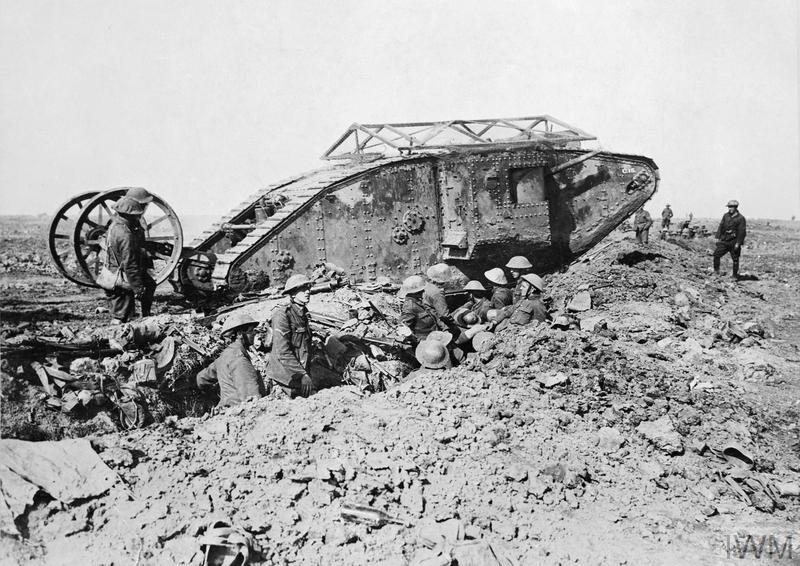
The British Mark I tank at the Battle of the Somme in 1916. (Credit: IWM Photo)
The British Mark I tank at the Battle of the Somme in 1916. (Credit: IWM Photo)
The king of war
Tanks displayed their true mettle in World War II when masses of German armor overran much of Europe and parts of north Africa using the Blitzkrieg - lightning war - tactic.
It led to ferocious clashes in France, Belgium and eastern Europe including the famous Battle of Kursk in western Russia, involving almost 6,000 German and Soviet tanks.
Post-World War II, tanks were again successfully used in Asia and the Middle East where Israeli armour swept through the Sinai during the Six-Day War in 1967, against Egypt, Jordan and Syria.
But that did not go unchallenged for long. In October 1973, hundreds of Israeli tanks lay destroyed, their skin peppered with guidance wires of anti-tank missiles (ATGMs) that Egypt had sourced from the USSR.
The king of war had at last met its match, bested by infantrymen equipped with deadly and relatively inexpensive tank-busting projectiles.
The Yom Kippur War came as a rude shock and sparked an intense debate on whether the tank had become obsolete.
Jack Watling, a research fellow at Royal United Services Institute says: "There have been arguments made for some time that tanks are increasingly obsolete. The basis for this argument is that anti-tank guided missiles are now so effective that the level of protection needed to make a tank effective renders them too heavy to move operationally over relevant distances.
"Also as the vehicles become reliant on increasingly sophisticated systems the ability to repair them in the field decreases. Because of this increasing cost many nations are looking at reducing their tank fleets in favour of less protected missile carrying vehicles."
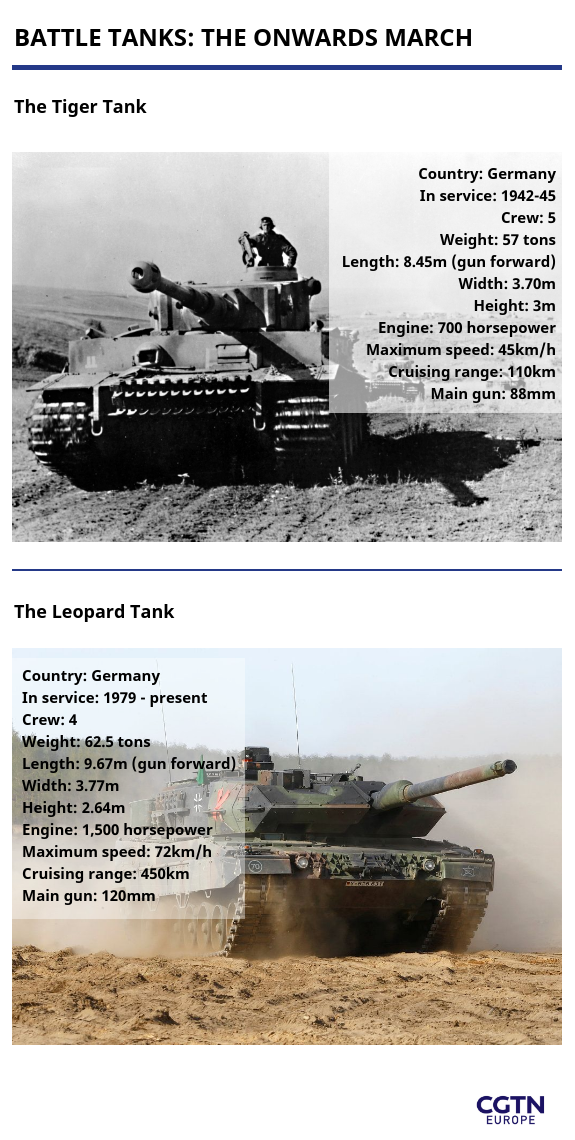
The modern MBT
Despite doubts being raised over its viability, the main battle tank (MBT), remains the backbone of mechanized forces.
An official from Nexeter Systems, which manufactures the French Leclerc tank, says: "Some people might think that the main battle tank won't be of any use in the future but if you ask me, I think that the MBT will remain the king of the battlefield for many years.
"Of course, there will be new technologies and innovation that will be added to it and the vehicle would need to adapt, but the status of the battle tank will remain unchanged."
Tank technology, indeed, has evolved in leaps and bounds.
A far cry from earlier models, the modern main battle tank can now execute a range of day and night missions in open and urban spaces, travel at speeds in excess of 70 km/hr and cover more than 400 km.
Bristling with hi-tech sensors, advanced target acquisition systems and panoramic thermal imagers, it boasts a main gun capable of firing armour-piercing shells and missiles. Its machine guns can engage aerial and close-quarter targets.
Improved suspension, a reinforced crew compartment and lightweight composite armour to deflect fire come as standard.
So does the ability to fight in a nuclear, biological and chemical environment.
00:51
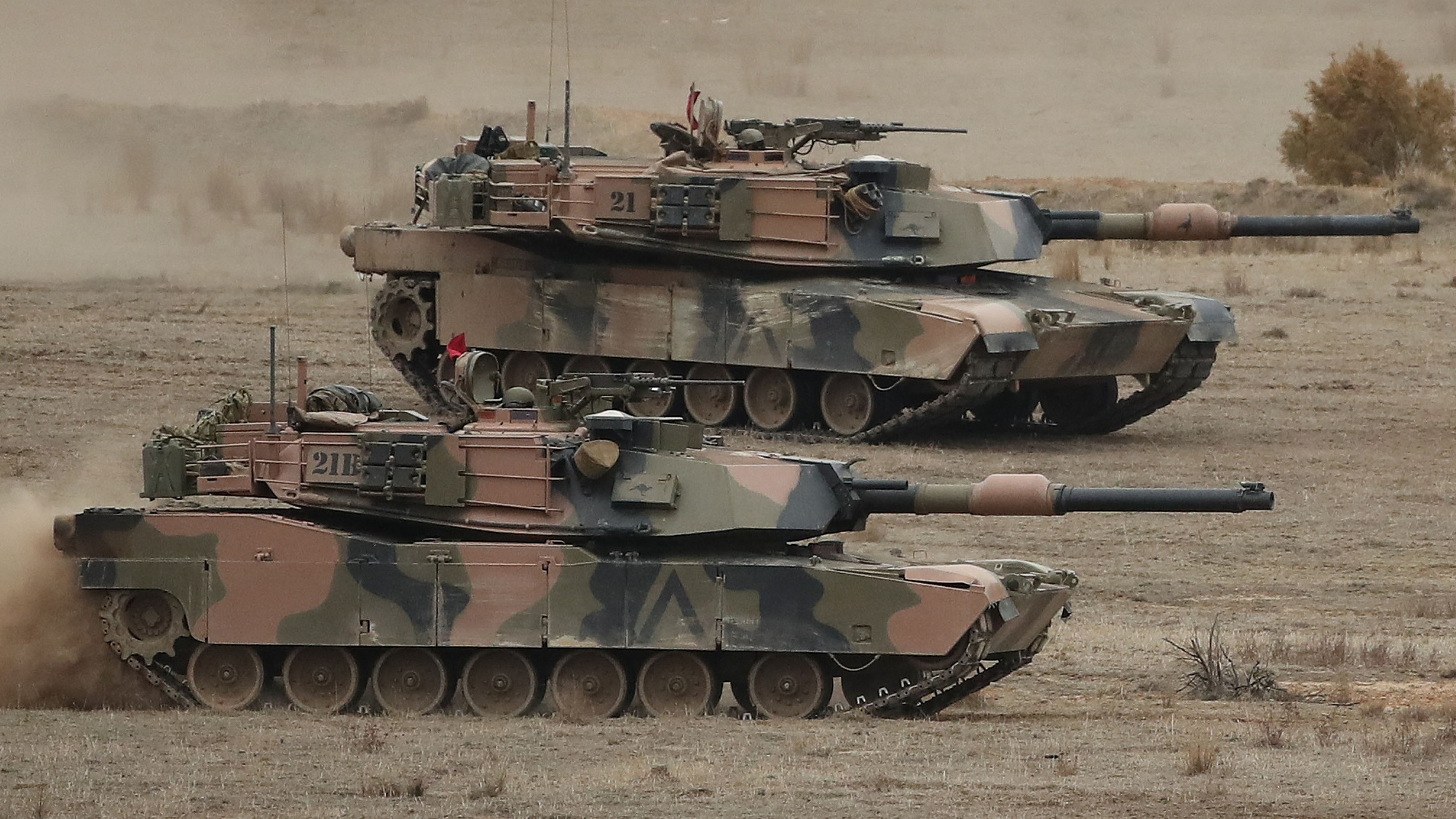
Apart from direct-fire roles, the tanks can be outfitted for a variety of operations such as clearing minefields and obstacles, detecting improvised explosive devices, reconnaissance, intelligence gathering and communications.
Special attention has been given to the design of tanks in order to lower their radar signature. The need for rapid deployment meant their weight had to be reduced, allowing cargo aircrafts and helicopters to lift them.
With non-conventional conflicts increasingly replacing nation-state wars, heavy tanks are being complemented with lighter variants that can assist the infantry in urban areas, provide fire support and carry soldiers into battle.
Cem Altinisik, a spokesman for FNSS, a Turkish armoured-vehicles manufacturer, which builds the Kaplan medium-weight-tank, says: "Tanks have to adapt to fighting hybrid wars and in urban areas. This is where the medium tank comes in.
"Light on weight and highly mobile, it can fulfil almost all the roles assigned to an MBT and provide close fire support to the infantry."
The next-generation tank
As military conflicts change in scope and reach, experts predict a future when swift and decisive strikes using electronic, cyber and space-based assets are likely to take down critical infrastructure such as communications, utilities, transport, with the aim of leaving the enemy blind and unable to fight.
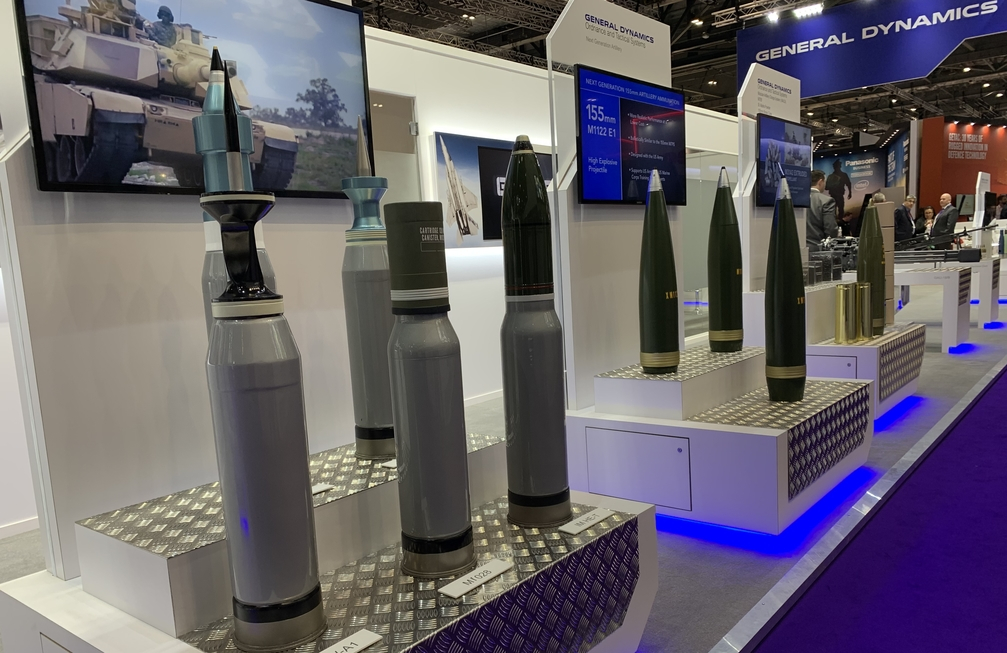
Modern tanks can fire a variety of munitions including missiles. (Credit: CGTN Photo)
Modern tanks can fire a variety of munitions including missiles. (Credit: CGTN Photo)
With attention shifting to strategic targets and cutting-edge technologies like robotics, artificial intelligence and autonomous drones, the logic behind maintaining legacy platforms has been brought into question, once more.
The introduction of gunship helicopters and unmanned 'suicide' drones further complicated matters. Hybrid wars and low-intensity insurgencies have added to the mix as well.
At a time when pertinent points are being raised over the practicality of tanks, many countries are in the process of drawing up plans for the next-generation tank.
Expected to be unveiled in the next 10-15 years, the much-touted future combat vehicles may completely change the concept of tanks as we know it.
From fielding direct energy weapons that can destroy targets from long distances, interacting with a one or two-man crew and sharing data, to operating with a swarm of land drones and using thermal and environmental shroud as camouflage, the future tank will look nothing like its predecessors.
Laced with sensors and active jammers, the tank would be impervious to electronic and cyber-attacks while operating and engaging multiple hostiles on land and in air.
02:39
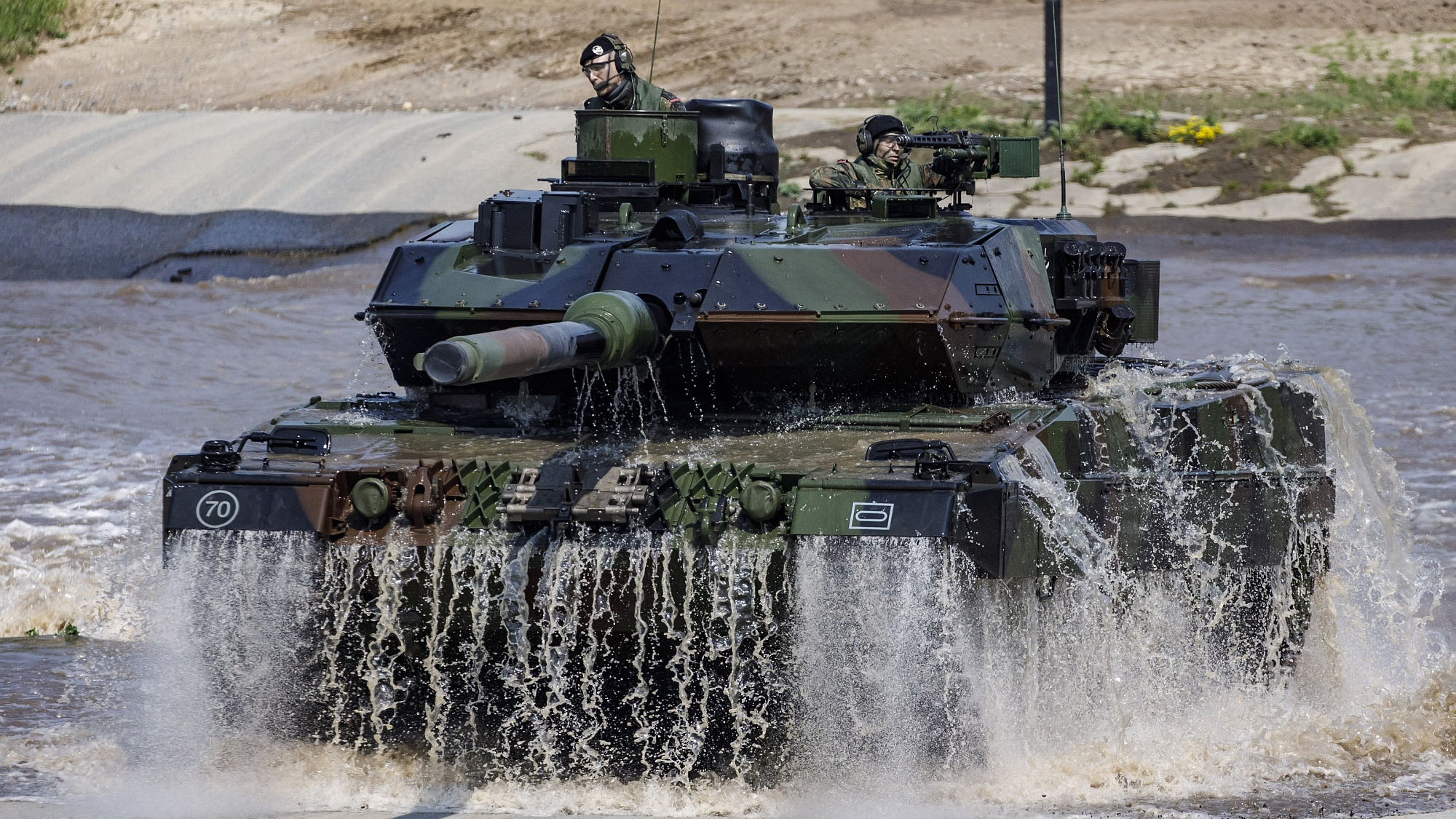
Given the raw power that it brings to the battlefield the future combat vehicle is set to emerge as a far more versatile and potent fighting machine capable of operating in any terrain.
Watling thinks it might be too early to write the obituary of the battle tank which will continue to act as the tip of the spear for armored formations in decades to come.
"In terms of future MBT (main battle tank) design we are seeing two divergent trends. Platforms like the Russian Armata favour increased armor, active protection, and an increase in size. Other countries are looking at making autonomous, or remotely controlled systems to reduce the need for protection, and thereby increase speed and firepower."